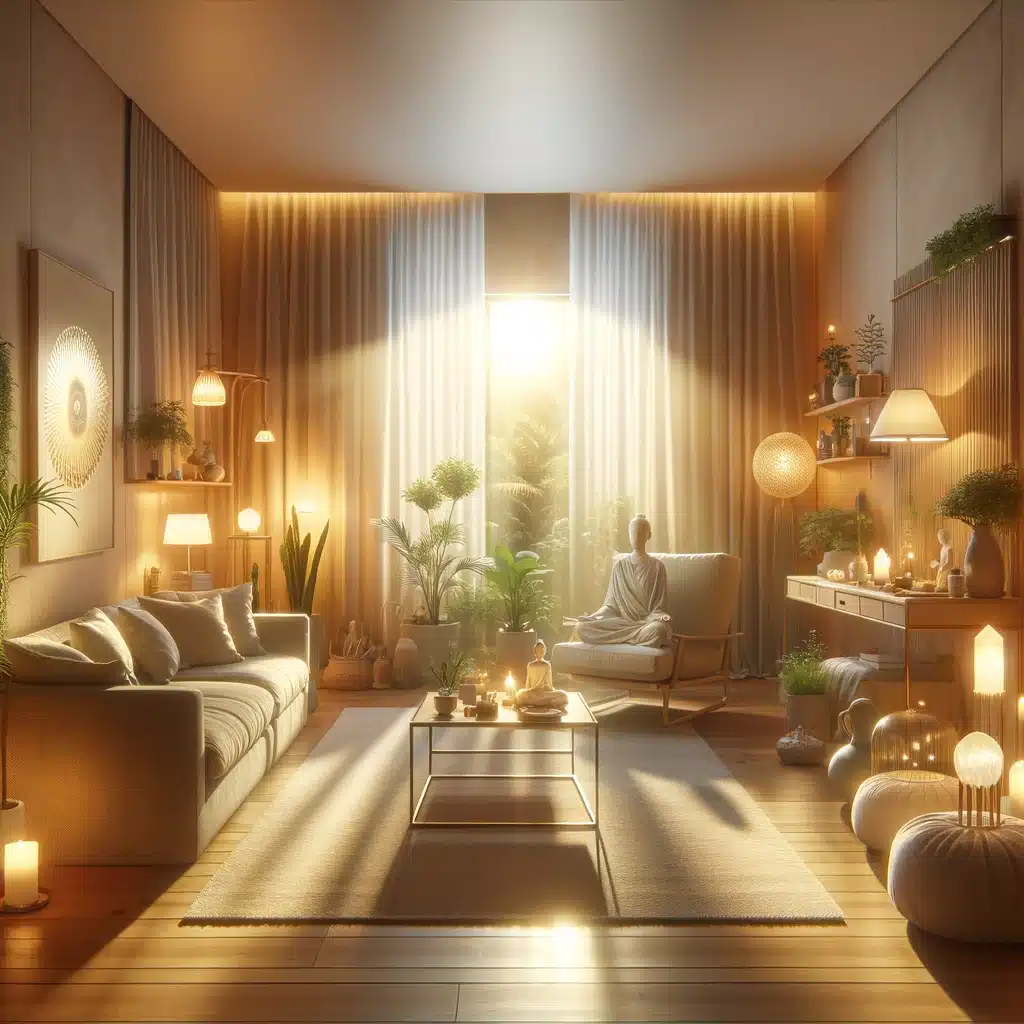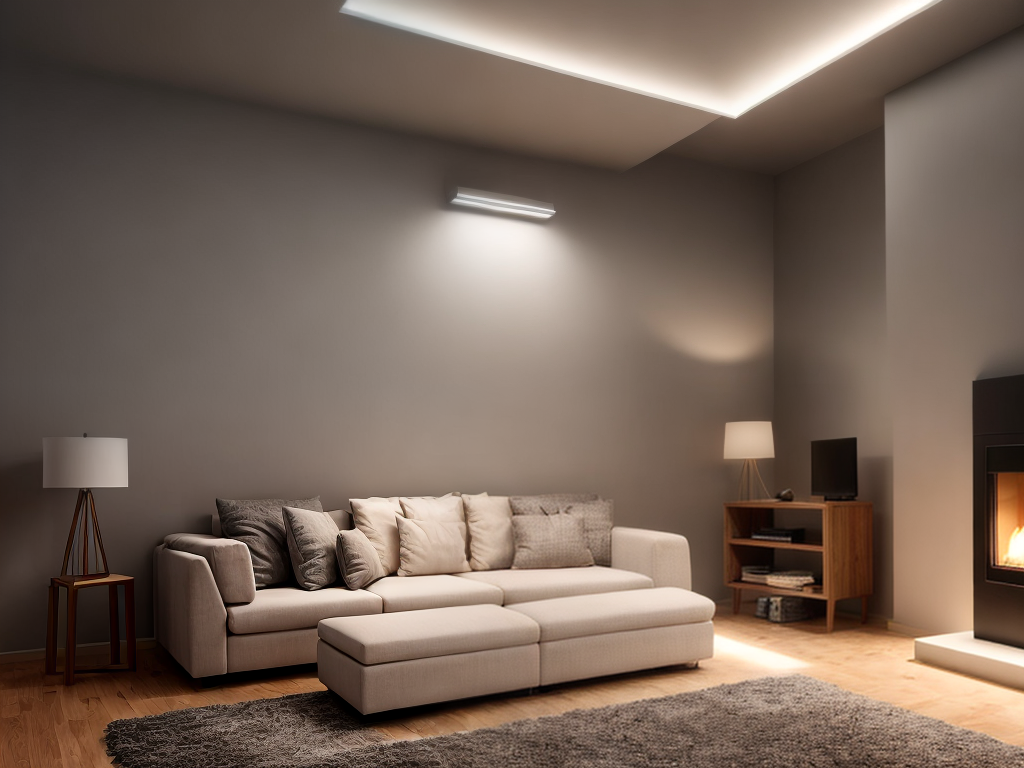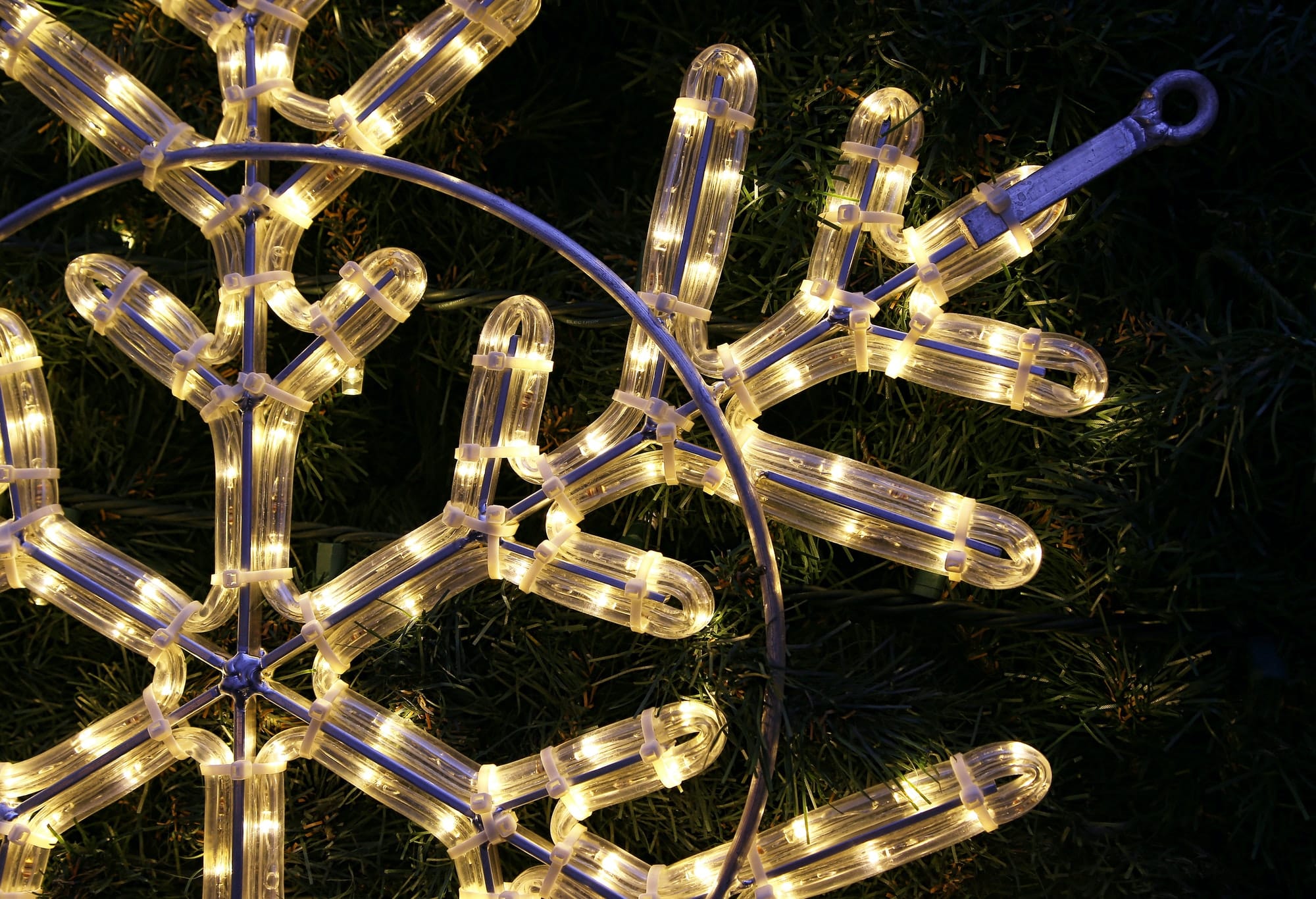
As the old saying goes, “the only constant in life is change.” This adage holds true even in the world of lighting technology. In recent years, LED lighting has revolutionized the way we illuminate our spaces, offering improved energy efficiency and longevity. But what’s next? As a technology enthusiast, I am excited to explore the future of LED lighting and the advancements that lie ahead. From enhanced color rendering capabilities to integration with smart home technology, the possibilities are endless. As we continue to push the boundaries of innovation, we can expect breakthroughs in design and form factors, as well as increased lifespan and durability. Additionally, sustainability and environmental impact will continue to be key considerations in the development of future LED lighting solutions. Join me on this journey of discovery as we explore what’s next in lighting technology.
Key Takeaways
- LED lighting technology offers significant energy savings and contributes to lower utility bills and a smaller carbon footprint.
- LED lights provide enhanced color rendering, bringing vibrant and lifelike colors, while emitting less harmful blue light for improved eye health and sleep patterns.
- Integration with smart home technology allows for maximum energy efficiency, convenience, and customization options.
- Advanced lighting controls and automation enhance convenience, comfort, and energy savings, with the future of LED technology focusing on seamless integration with other smart home technologies.
Energy-Efficiency Revolution
In the energy-efficiency revolution, I believe that LED lighting technology will continue to lead the way towards a more sustainable future. LED lights are made with energy efficient materials, which allow them to consume significantly less energy compared to traditional incandescent bulbs. This means that not only do LED lights help reduce electricity consumption, but they also contribute to lower utility bills and a smaller carbon footprint. Moreover, LED lights are perfectly suited for green building integration. They can be easily integrated into smart home systems, allowing users to control and optimize their lighting for maximum energy efficiency. LED lighting technology is constantly evolving and improving, offering even greater energy savings and environmental benefits. As we strive for a more sustainable future, LED lighting is undoubtedly a vital component of the energy-efficiency revolution.
Enhanced Color Rendering Capabilities
LED lighting technology is revolutionizing the way we experience color with its enhanced color rendering capabilities. LED lights have significantly improved color accuracy, allowing us to see colors in their truest form. This means that the colors we perceive under LED lighting are more vibrant and lifelike compared to traditional lighting sources. The advancement in color rendering technology brings numerous benefits, especially in industries where color accuracy is crucial, such as photography, fashion, and interior design. LED lights also have health benefits as they emit less blue light, which can be harmful to our eyes and disrupt our sleep patterns. With LED’s enhanced color rendering capabilities, we can enjoy a more visually pleasing and healthier lighting experience.
| Improved Color Accuracy | Health Benefits |
|---|---|
| Vibrant and lifelike colors | Reduced blue light emissions |
| Essential for photography, fashion, and interior design | Less strain on eyes |
| Enhances visual experience | Better sleep patterns |
Integration With Smart Home Technology
With the rapid advancement of smart home technology, integrating LED lighting systems has become increasingly seamless and efficient. LED lights can now be easily integrated into smart home systems, allowing users to control their lights through voice commands or smartphone apps. This integration offers several benefits for homeowners who desire mastery over their lighting environment:
- Convenience: With smart home integration, users can easily control their LED lights through voice commands, eliminating the need for manual adjustments.
- Energy Efficiency: Smart home technology allows users to create customized lighting schedules and settings, optimizing energy usage and reducing electricity bills.
- Personalization: LED lights integrated with smart home systems offer a wide range of customization options, allowing users to adjust brightness, color temperature, and even create different lighting scenes for different occasions.
Advanced Lighting Controls and Automation
I am excited to explore the possibilities of advanced lighting controls and automation in the future of LED technology. As LED lighting continues to evolve, so does the need for more advanced controls and automation systems. These advancements allow for greater flexibility and customization in lighting design, as well as improved energy efficiency. With advanced controls, users can easily adjust lighting levels, create dynamic lighting scenes, and even integrate lighting with other smart home technologies. Lighting automation takes this a step further by allowing for scheduling, presence detection, and remote access. This not only enhances convenience and comfort, but also contributes to energy savings. The future of LED technology lies in the seamless integration of advanced controls and lighting automation, providing users with unprecedented control and efficiency in their lighting systems.
Breakthroughs in Design and Form Factors
As we delve into the topic of breakthroughs in design and form factors in the future of lighting technology, it is fascinating to explore how advancements in controls and automation have paved the way for innovative and customizable LED lighting solutions. Design innovation plays a crucial role in the development of lighting technologies, especially in architectural applications. Here are two important aspects to consider:
-
Integration of LED lighting into architectural elements: Designers are now incorporating LED lights directly into building materials, such as walls, ceilings, and floors. This seamless integration not only enhances the aesthetic appeal but also provides new possibilities for lighting design.
-
Flexible form factors: LED lighting can now be designed in various shapes and sizes, allowing for greater creativity in lighting design. From thin and flexible light strips to modular light panels, these form factors offer endless possibilities for architects and designers to express their vision.
Increased Lifespan and Durability
When it comes to LED technology, one of the most exciting advancements is the increased lifespan and durability. LEDs can now last significantly longer than traditional light bulbs, reducing the need for frequent replacements. Additionally, advancements in design and manufacturing have enhanced the robustness of LEDs, making them more resistant to shocks, vibrations, and other external factors. These developments not only contribute to a more sustainable and cost-effective lighting solution but also provide greater reliability and peace of mind for users.
Longer Lasting LED Technology
With advancements in LED technology, achieving a longer lifespan and increased durability has become a paramount goal. LED manufacturers are continuously striving to enhance the longevity of their products and improve their overall performance. Here are some key developments in the field of longer-lasting LED technology:
- Improved materials: Researchers are exploring new materials that offer greater thermal stability and can withstand harsh environmental conditions, ensuring the longevity of LEDs.
- Advanced packaging: Innovations in packaging techniques, such as ceramic-based packaging, help dissipate heat more efficiently, preventing premature failure and extending LED lifespan.
These longevity advancements and improved performance in LED technology are crucial for professionals and enthusiasts seeking mastery in the field. By continually pushing the boundaries of durability and lifespan, LED manufacturers are paving the way for a more sustainable and efficient lighting future.
Enhanced LED Robustness
One key aspect of enhancing LED robustness is increasing their lifespan and durability. To achieve this, improvements in heat dissipation and impact resistance are crucial. LED bulbs generate heat while in operation, which can reduce their lifespan if not properly managed. Therefore, advancements in heat dissipation technology are being made to ensure that LEDs can operate at lower temperatures, thereby extending their lifespan. Additionally, LED bulbs are susceptible to damage from impacts or vibrations, which can lead to premature failure. To address this, manufacturers are developing LED products with improved impact resistance to withstand external forces. By increasing both the lifespan and durability of LEDs through improved heat dissipation and impact resistance, we can ensure that these lighting technologies continue to provide reliable and long-lasting illumination.
Sustainability and Environmental Impact
When it comes to sustainability and environmental impact, there are several important points to consider. First, energy efficiency standards play a crucial role in reducing the overall energy consumption of LED lighting. Second, proper recycling and waste management practices are necessary to minimize the environmental impact of disposing of LED products. Lastly, integrating LED lighting with renewable energy sources can further enhance its sustainability and reduce dependence on non-renewable energy. These points highlight the importance of considering the environmental implications of LED technology and finding ways to make it even more sustainable in the future.
Energy Efficiency Standards
As a lighting technology that is constantly evolving, LED is paving the way for increased energy efficiency standards and promoting sustainability and a reduced environmental impact. LED lighting offers significant energy savings compared to traditional lighting technologies. With its low energy consumption, LED lights consume up to 80% less energy, resulting in reduced electricity bills and lower carbon emissions. Furthermore, LED lights have a longer lifespan, reducing the frequency of replacements and the associated waste. This not only saves resources but also minimizes the environmental impact of manufacturing and disposal. LED technology also enables smart lighting systems, allowing for precise control and optimization of energy usage. By embracing LED lighting and implementing energy efficiency standards, we can move towards a more sustainable future while still enjoying high-quality illumination.
Recycling and Waste Management
To address the sustainability and environmental impact of LED lighting, a crucial step is implementing efficient recycling and waste management systems. LED lights are known for their energy efficiency and long lifespan, but when they reach the end of their life, proper disposal becomes essential. In order to minimize waste and maximize resource recovery, a waste reduction strategy should be implemented. This involves promoting the concept of a circular economy, where materials are reused and recycled instead of being disposed of as waste. To illustrate the importance of recycling and waste management in the LED industry, consider the following table:
| Waste Management Strategies | Benefits |
|---|---|
| Proper disposal of LED lights | Prevents toxic substances from entering the environment |
| Recycling of LED components | Reduces the need for raw materials |
| Recovery of valuable metals | Promotes resource conservation |
Renewable Energy Integration
What role does renewable energy play in ensuring the sustainability and minimizing the environmental impact of LED lighting technology?
Renewable energy integration is crucial in the development and operation of sustainable LED lighting technology. By harnessing renewable energy sources such as solar or wind power, we can significantly reduce the carbon footprint associated with the manufacturing and operation of LED lights. This integration promotes sustainable manufacturing processes by minimizing the reliance on fossil fuels and reducing greenhouse gas emissions.
To delve deeper into the significance of renewable energy integration, consider the following:
- Energy efficiency: LED lighting technology is already highly energy-efficient, but by using renewable energy sources, we can further optimize energy consumption and reduce overall environmental impact.
- Life cycle analysis: By integrating renewable energy, we can achieve a more comprehensive life cycle analysis of LED lighting, taking into account the environmental impact from production to disposal.




